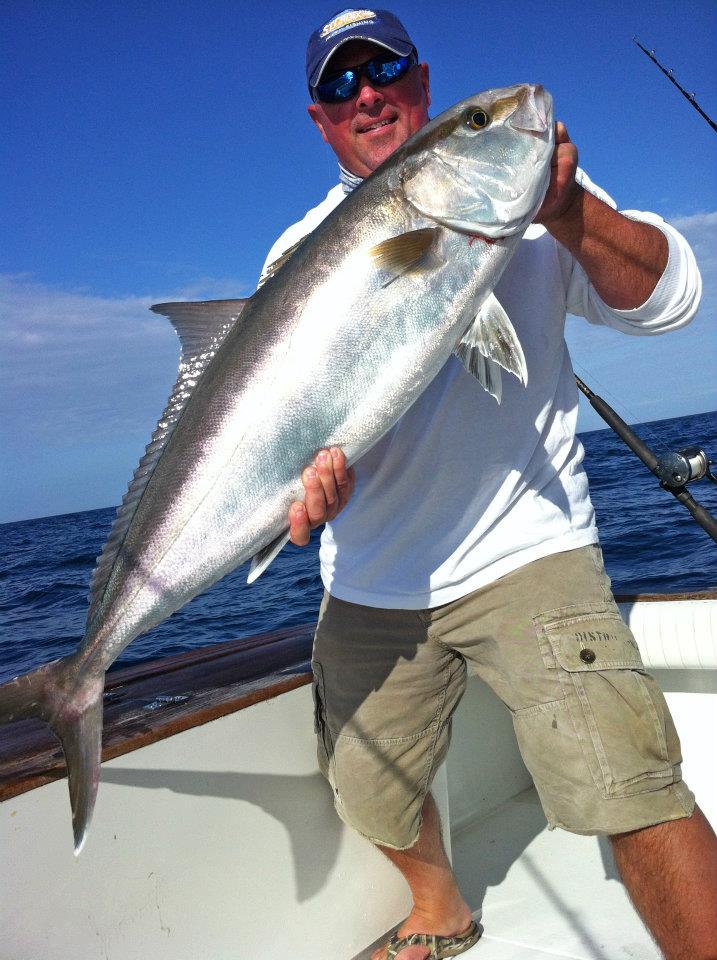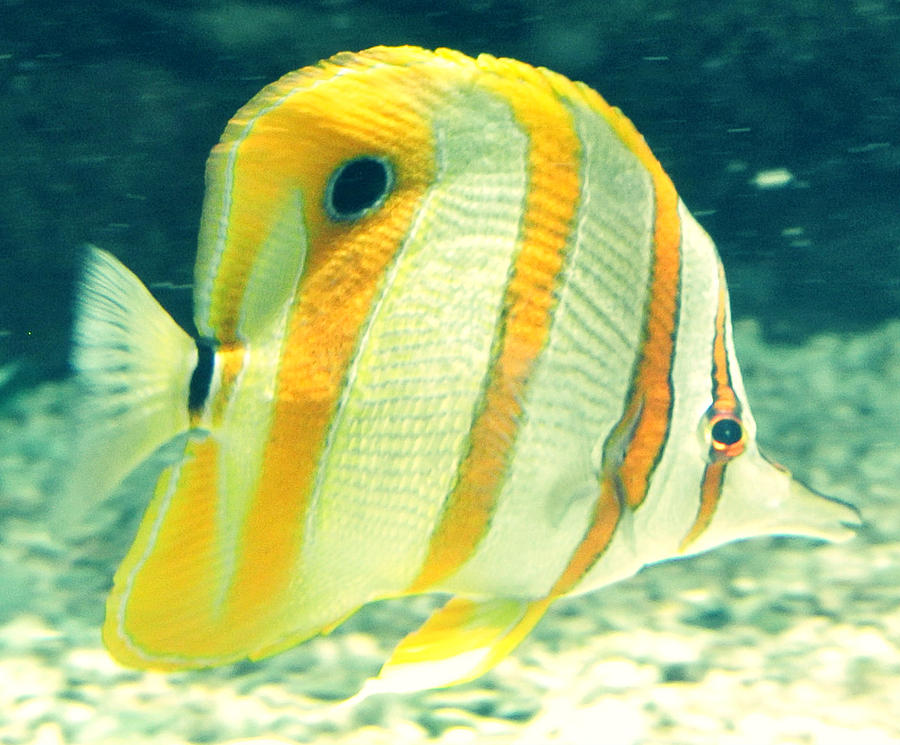
Japanese black seaperch ( S.7 Meyers: Mr.Brown rockfish at National Marine Fisheries Service.Washington Department of Fish and Wildlife. ^ a b c "Brown Rockfish ( Sebastes auriculatus)".The ETYFish Project Fish Name Etymology Database. "Order Perciformes (Part 8): Suborder Scorpaenoidei: Families Sebastidae, Setarchidae and Neosebastidae". Fricke, Ron & van der Laan, Richard (eds.). ^ a b c d Froese, Rainer Pauly, Daniel (eds.) (2021).^ "WoRMS taxon details - Sebastes auriculatus (Girard, 1854)".The flesh is said to be palatable, with a mild flavor and the fish are generally fried or, for smaller fish, cooked whole. It is an important quarry species for recreational fishers from Puget Sound south to northern Baja. Artisanal fisheries take this species on Baja California. Modern commercial fisheries regard this species as of moderate importance in fisheries for fresh fish and of greater importance in fisheries for live fish. The brown rockfish was common in fish markets near San Francisco in the 19th Century, as they are caught in bays and other shallow waters. They are known to hybridize with quillback and copper rockfishes in Puget Sound.

They are known to live for up to 34 years. This is an oviparous species in which each female lays between 55,000 and 339,000 pelagic eggs per year.

Its spines are venomous and can cause painful injuries to the unwary. During the day this fish tends to lie on the seabed among seaweed or next to rocks or in other hidden locations. The brown rockfish feeds primarily at night on small fishes, crab, shrimp, and other small invertebrates. The juveniles are prey to harbor seals and king salmon. Juveniles and subadults are thought to have relatively small home ranges. This is a solitary species or one which forms small aggregations and they are typically found in more turbid areas than other rockfishes. pinniger) in deeper water and in Puget Sound they mix with quillback rockfishes ( S.

In some areas, like San Francisco Bay, the subadults migrate as far as 50 km (31 mi) out to sea from the more sheltered coastal waters. This settlement can take place as early as May and the juveniles and subadults are common close to the bottom in bays and estuaries. The brown rockfish has a long pelagic juvenile stage which spends two and a half to three months in the water column before they settle in shallow water to depths of 36 m (118 ft). They also frequently occur around artificial structures and objects such as piers and other man-made objects, like marine debris, such as tires. The brown rockfish occurs at depths from the intertidal zone down to 287 m (942 ft) and prefer areas with rocky patches or hard substrates, inhabiting areas which vary in relief from low to high. These fish are most abundant in the central and southern parts of Puget Sound and from southern Baja California to Bodega Bay in northern California. Its range extends from southern Baja California to Prince William Sound in the northern Gulf of Alaska. The brown rockfish is native to the northeastern Pacific. The maximum recorded weight is 3.0 kg (6.6 lb). This species grows to a maximum total length of 56 cm (22 in). The dorsal fin has 13 spines and 12-15 soft rays while the anal fin has 3 spines and 5-8 soft rays. The space between the eyes may be flat or slightly bulging. The spines on the head are robust and are made up of nasal, preocular, postocular, tympanic, coronal, parietal, and nuchal spines, although in some specimens the coronal and nuchal spines can be absent and they never have supraorbital spines. There are 2 orange or orange-brown lines radiating backwards from each of the upper jaw and the eye. The eyes frequently show a red or orange tint. The overall color is reddish-brown with many dark markings, these include a dark spot on the rear upper angle of the operculum. The Brown Rockfish has a deep body which has a depth of 33% to 37% of its standard length and they typically have spines on the head which has a small terminal mouth. The specific name auriculatus means "eared" thought to be an allusion to the dark spot on rear margin of operculum. Some authorities place this species in the subgenus Auctospina.

The brown rockfish was first formally described as Sebastodes auriculatus in 1854 by the French ichthyologist Charles Frédéric Girard with the type locality given as San Francisco, California.


 0 kommentar(er)
0 kommentar(er)
